Math 3 uses simulations and games to help third-grade students understand and practice new concepts. Social studies and science connections are stressed. Your child can learn to: skip-count by whole numbers, compare and order numbers, identify ordinal position to the twentieth, identify and complete patterns, add and subtract multidigit numbers, divide by single-digit divisors, add positive and negative numbers, picture, name, and order fractions, add and subtract fractions with common denominators, understand and calculate measurements, compare and measure mass, identify function rules, graph ordered pairs on a coordinate graph, identify angles, identify lines of symmetry.
The primary programs (K-3) include three items:
- (1) The Teacher`s Manual, which is the heart of the program, containing the daily lessons, pre-class preparation instruction, a list of materials needed for each lesson, and an actual scripted lesson for every day.
- (2) The Student Workbook, which contains all needed written practice pages, masters, and fact cards for your child`s use.
- (3) The Meeting Book, which replaces classroom bulletin boards used in the school Saxon program. This meeting book begins each lesson in Saxon – a sort of opening exercise in which your child practices skills related to time, temperature, money, counting, patterning, and problem solving.
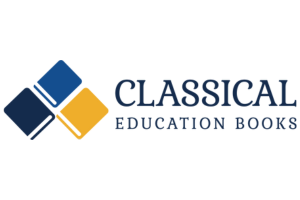
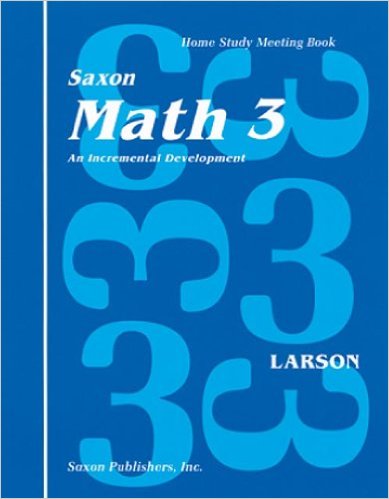
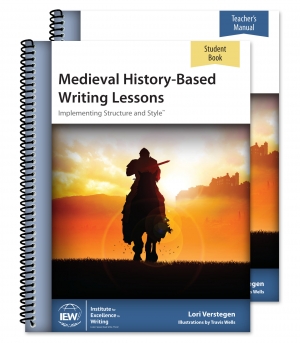
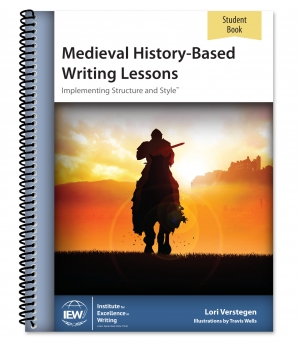
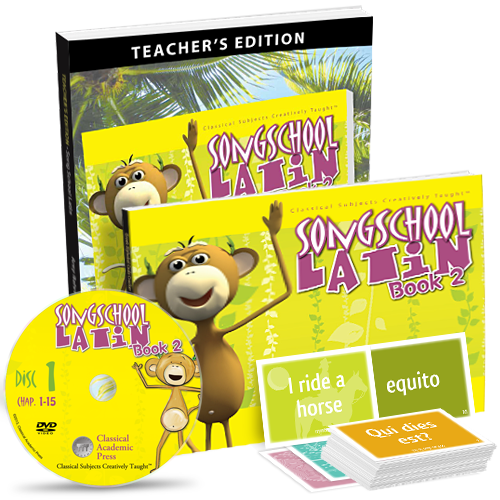
Reviews
There are no reviews yet.